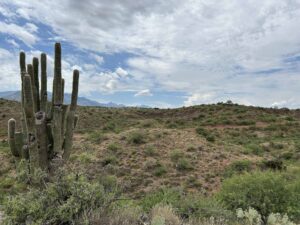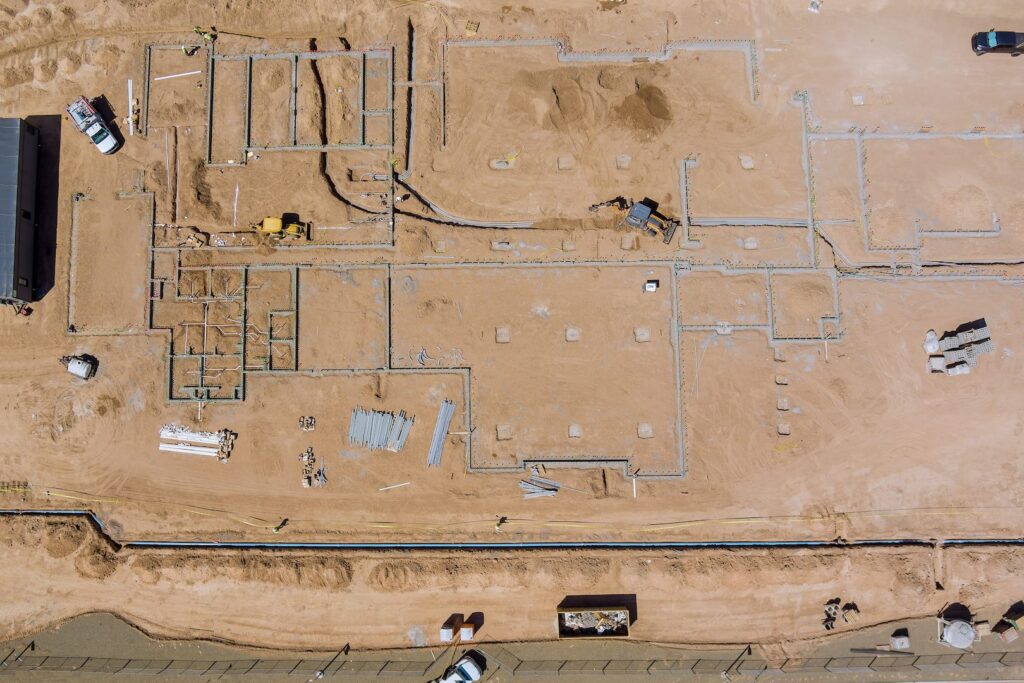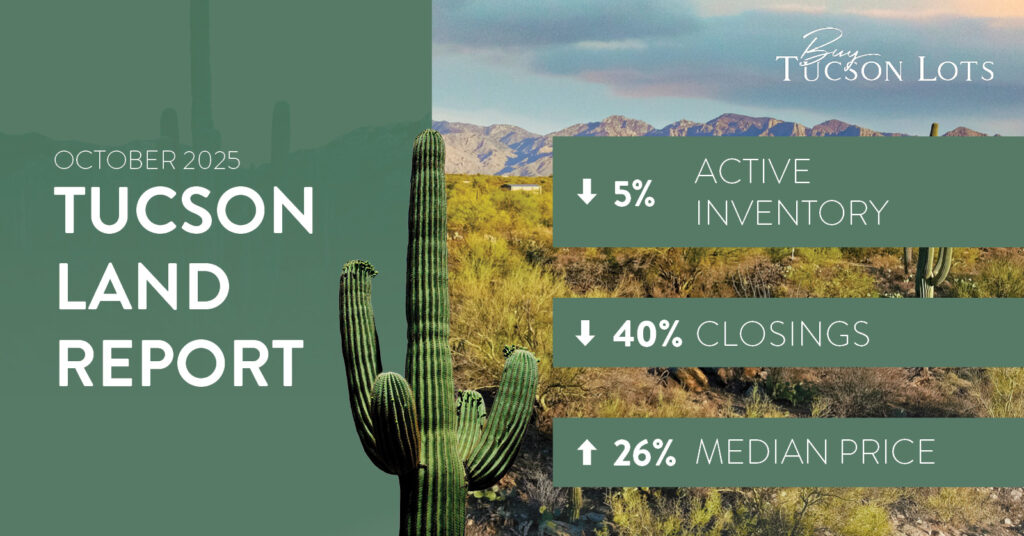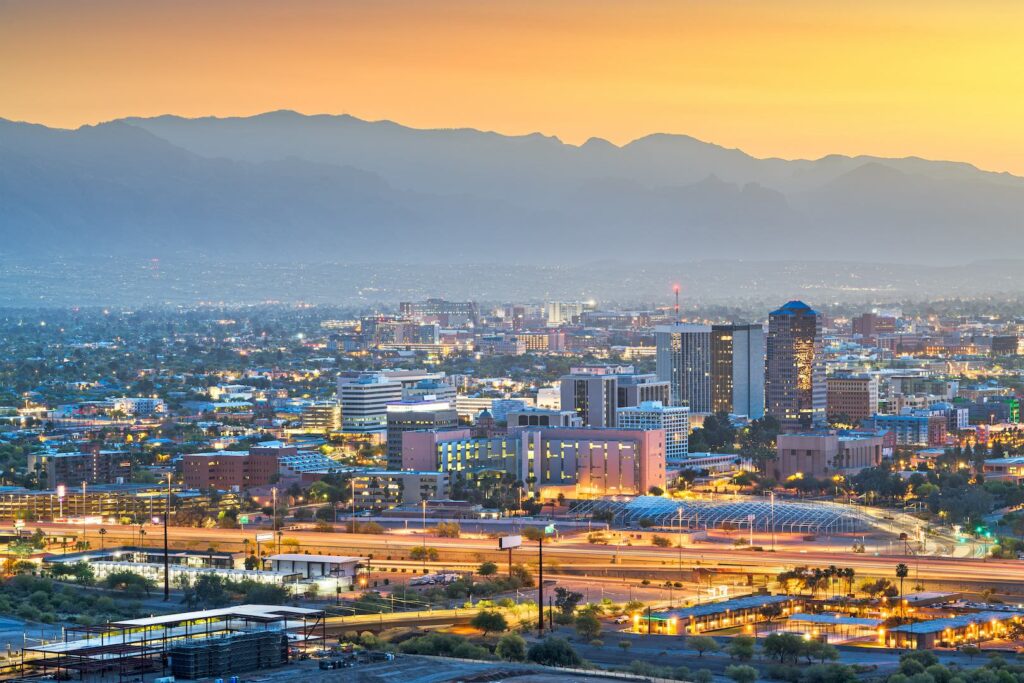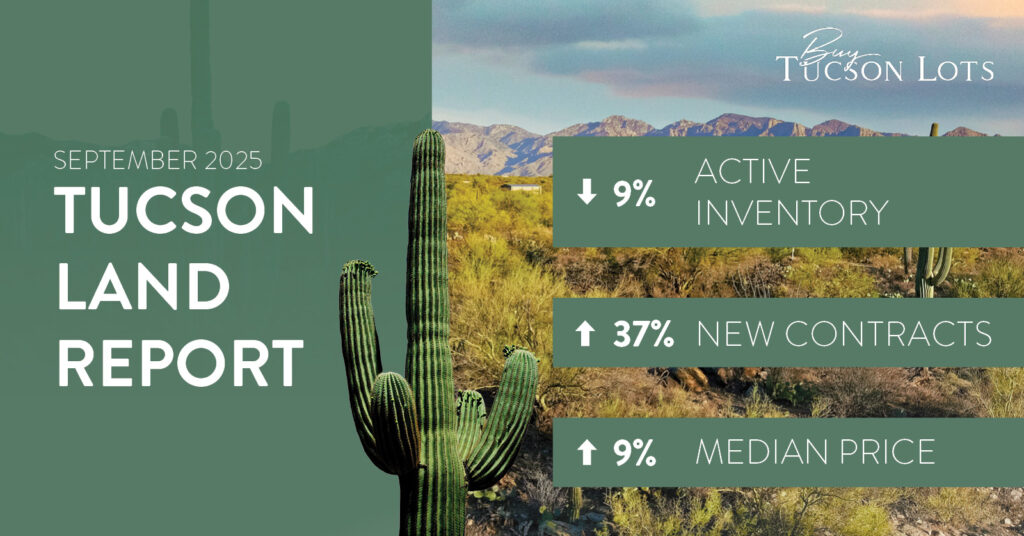Navigating the ever-evolving Tucson, Arizona, land market requires a keen eye for detail and an understanding of the myriad of factors that shape it. From macro influences like interest rate fluctuations, national and global political landscapes, employment dynamics, and stock market performances to local determinants such as housing inventory, price trends, supply and demand for custom lots, construction costs, local employment hubs, and school district standings – Tucson’s land dynamics are complex and multifaceted.
When tracing the trajectory of the land market in Tucson, one notices a marked recovery post the ‘great recession’ that spanned from 2008-2013. From 2014 to 2019, there was a noticeable uptick in land prices. Yet, these prices remained tantalizing enough to entice many buyers. The favorable market conditions paved the way for individuals to invest in land and kickstart their custom home projects. The lure of new home construction prices beginning at the high $100 per square foot and enticingly low interest rates on land and construction loans fueled this momentum. It was an era when semi-custom builders priced their work around $125-$135 per square foot, offering potential homeowners the flexibility to tailor existing home plans to their tastes. In short, Tucson’s land market was thriving.
However, the global pandemic of 2020 cast a shadow of uncertainty and shifted the market dynamics. Economic anxieties, employment hiccups, and unprecedented supply chain disruptions became the reasons for the market to drop. Custom home building materials’ costs skyrocketed, and meeting delivery schedules seemed impossible. Many who had previously signed contracts with builders found themselves adjusting their budgets, timelines, and expectations. Understandably, many dream projects had to be paused, and the land market witnessed a noticeable dip in activity.
Yet, as the dust began to settle by mid-2021, Tucson’s custom lots witnessed a resurgence in demand. Despite escalating land prices, buyers eagerly sought to restart their building plans. This resurgence was further fueled by an influx of individuals from hard-hit COVID states like California, Oregon, and Washington, who viewed Tucson – with its expansive lot sizes and horizontal living ethos – as a haven. The city’s promise of more personal space and a laid-back lifestyle became the driving point for out-of-state families. Consequently, Tucson’s land market transformed into a seller-dominated terrain throughout much of 2022.
That said, a pivotal shift was felt around mid-2022 in the land market. With the Federal Reserve initiating 11 interest rate increases in 17 months, the Tucson land market now offers a unique proposition for potential buyers – a topic I’ll dive deeper into in my next blog post.
Reach out to me, Rick Sack, if you’re currently looking in the market to purchase your ideal parcel in Tucson at 520.918.5477 or email me at rick@buytucsonlots.com.



